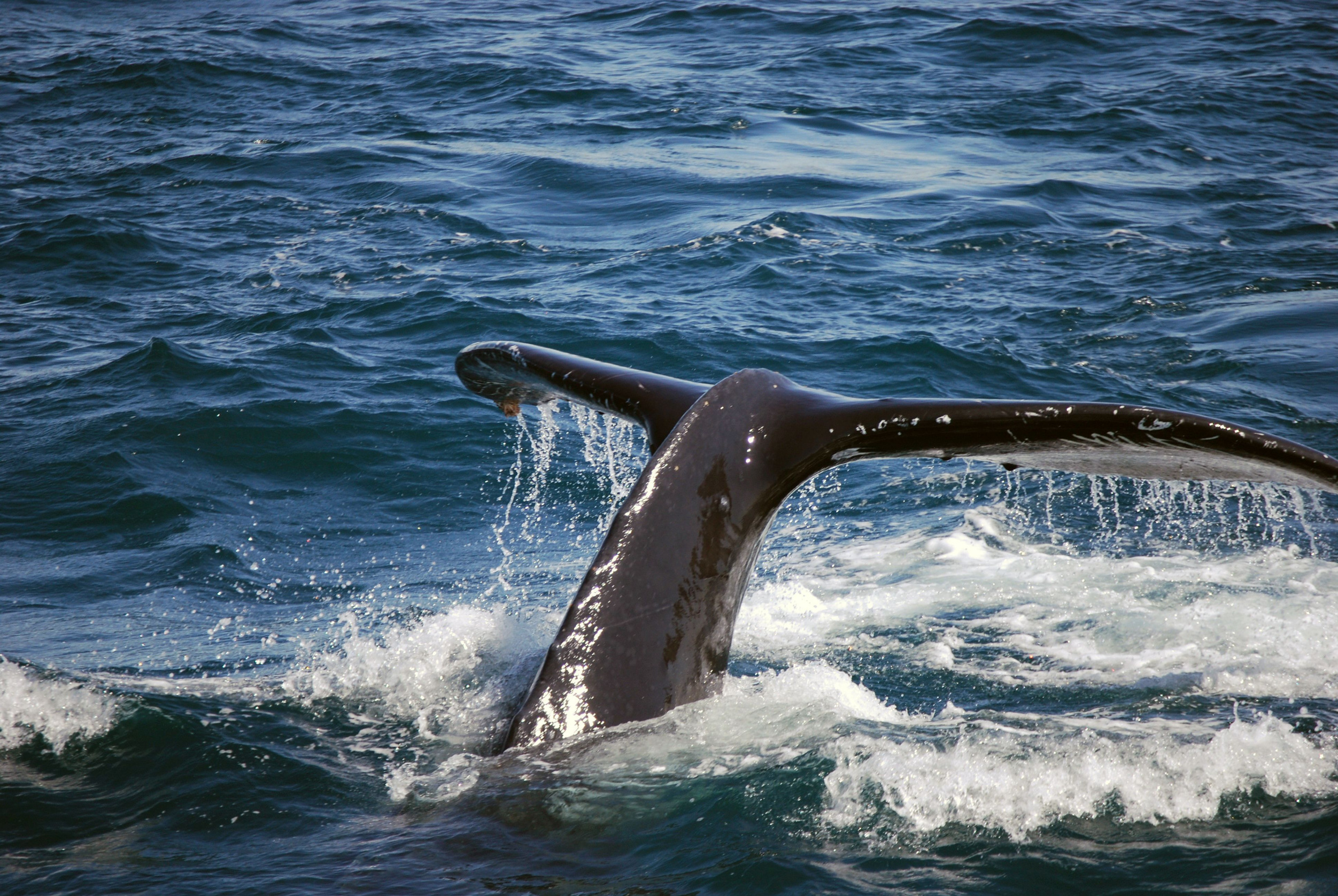Dominion Energy has issued a brief response to the whale protection lawsuit filed by CFACT et al. When I first saw it, I thought there must be some mistake, but it has appeared in a lot of press reports.
This central claim by Dominion is simply absurd: “The overwhelming consensus of federal agencies and scientific organizations is that offshore wind does not adversely impact marine life.” No adverse impact? Seriously?
In reality, the responsible federal agency predicts an enormous adverse impact.
NOAA‘s National Marine Fisheries Service (NMFS) has authorized Dominion to acoustically harass almost 80,000 marine mammals and these noise harassments are certainly adverse impacts. They even include temporary deafness, which can easily be deadly.
First, some legal Definitions from the Marine Mammal Protection Act that NMFS is supposed to enforce:
“Level A harassment means any act of pursuit, torment, or annoyance that has the potential to injure a marine mammal or marine mammal stock in the wild.”
“Level B harassment refers to acts that have the potential to disturb (but not injure) a marine mammal or marine mammal stock in the wild by disrupting behavioral patterns, including, but not limited to, migration, breathing, nursing, breeding, feeding, or sheltering.”
Note that while level B harassment is not itself injurious, it may lead to injury or death. For example, if the animal flees the noise harassment into heavy ship traffic and is struck and killed.
Analog: a firecracker thrown at a dog causes it to run into a busy street, where it is struck and killed. The car killed the dog, but the firecracker caused the death.
A year and a half ago, I wrote an article about this risk: “How to kill whales with offshore wind.”
https://www.cfact.org/2022/09/27/how-to-kill-whales-with-offshore-wind/
It is specifically about the Dominion project.
Here are the huge Dominion construction noise harassment numbers.
Roughly 80,000 harassments are predicted (and authorized) by NMFS!
Whales
Level A 17
Level B 599
Total 616
Right Whales (included in Whales)
Level B 17
Dolphins
Level B 78,250
Porpoises
Level A 2
Level B 141
Total 143
Seals
Level A 4
Level B 436
Total 440
Total level A 23
Total level B 79,442
Total 79,465
Roughly 80,000 harassments
Source: “Coastal Virginia Offshore Wind Commercial (CVOW-C) Project Letter of Authorization”
Table 1, Pages 36-38
https://www.fisheries.noaa.gov/s3/2024-02/CVOWC-OWF-IssuedLOA-OPR1.pdf
Most of the Dominion noise harassment is from pile driving (plus some sonar). Here is a good example of the Feds describing how pile driving noise harassment can cause harm. I could not have said it better.
“It is possible that pile driving could displace animals into areas with lower habitat quality or higher risk of vessel collision or fisheries interaction. Multiple construction activities within the same calendar year could potentially affect migration, foraging, calving, and individual fitness. The magnitude of impacts would depend upon the locations, duration, and timing of concurrent construction. Such impacts could be long term, of high intensity, and of high exposure level. Generally, the more frequently an individual’s normal behaviors are disrupted or the longer the duration of the disruption, the greater the potential for biologically significant consequences to individual fitness. The potential for biologically significant effects is expected to increase with the number of pile-driving events to which an individual is exposed.”
Empire Wind Draft Environmental Impact Statement v.1, Page 3.15-14, PDF page 372
I cannot imagine why Dominion would put out such an absurd claim. Is it ignorance, deception, or something else? In any case, I would love to see them try to use this nutty argument in Court.
